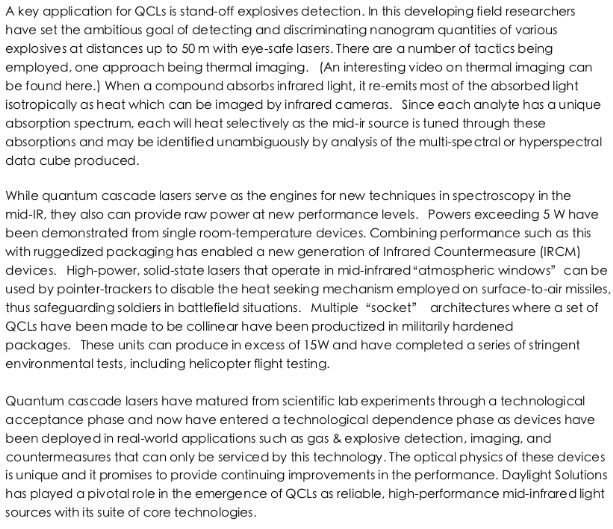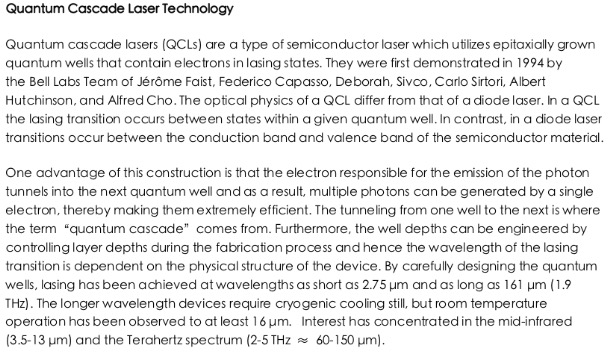
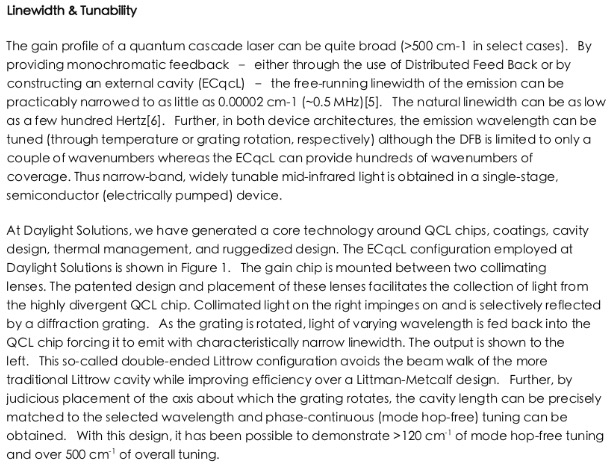

Figure 1. External Cavity quantum cascade Laser design.
As mentioned above, QC die have been fabricated that produce light from 2.75 to 160 μm. At Daylight Solutions we have packaged a wide range of these into ECqcL. Figure 2 shows typical performance for such systems.
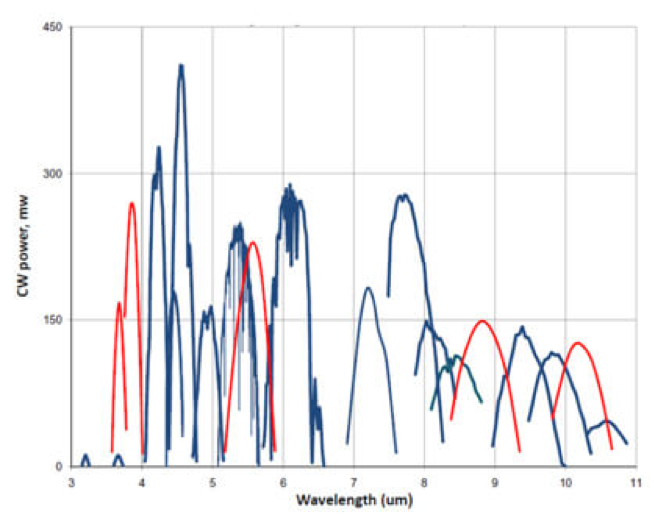
Figure 2. Available tuning ranges for cw ECqcL.
Curves in red have become available since June, 2010
Many applications in the mid-IR require broad coverage in wavelength space. Fabricators have responded with a number of ways to broaden the spectral output available. The direct method is to broaden the gain in individual chips. Figure 3 is a graph of reported“broad tuning quantum cascade lasers”in the literature. As can be seen, there is an upward trend towards broader tunability and 800 to 1,000 cm-1 is probably not far off. Other researchers have worked on producing multiple gain chips on a single die.
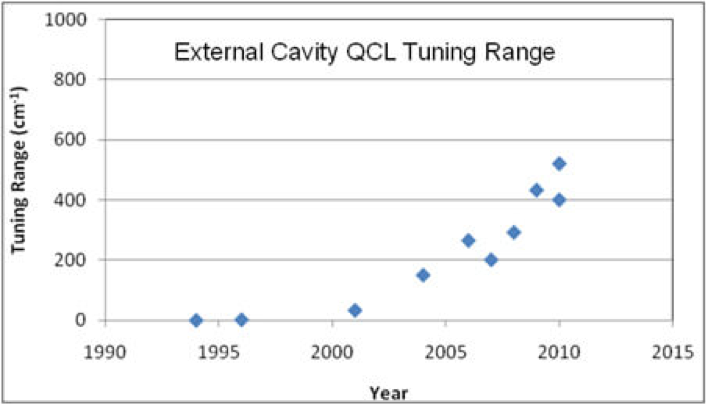
Figure 3. Graph of literature values of“Broad Tuning QCLs”over time.
Applications
A number of applications have been well served by mid-IR quantum cascade lasers. This region of the spectrum is interesting because of a combination of two facts. The atmosphere is (at least somewhat) transparent at these wavelengths and many species of interest have strong fundamental absorptions that make it possible to detect and identify them. Figure 4 is a depiction of the transmission of the atmosphere in the visible through the mid-infrared portion of the electromagnetic spectrum. Significant regions of high transmission exist in the mid-IR and can be exploited to transmit powers at these wavelengths for various applications. Free-space communication, infrared countermeasures, remote imaging, beaconing, and illumination are all enabled by QCLs at an appropriate wavelength. Figure 5 is a graph of the mid-infrared portion of the spectrum with a number of species placed where their strong absorptions occur. The mid-IR is rich in information for those wishing to probe, detect, image, or quantify these and many other species including explosives, nerve agents, and toxins. Detection limits in the parts per trillion range and/or discrimination between similar species are possible.
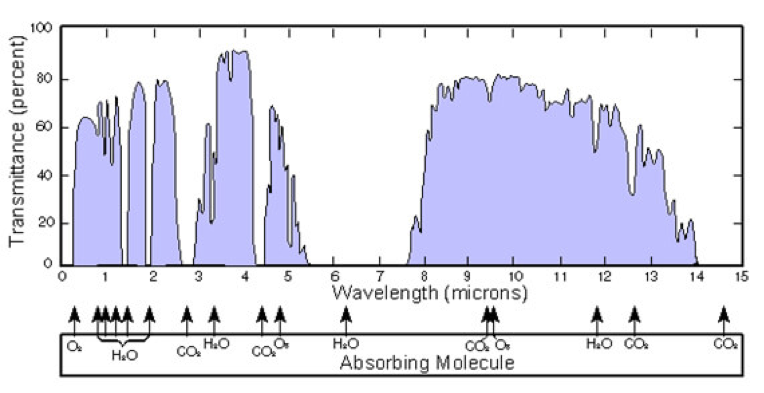
Figure 4. Transmission of light through the atmosphere from the visible to the mid-infrared.
The sources of the major absorptions are also indicated.

Figure 5 Graphical representation of the location of strong absorptions of molecules of interest.
17:31:12